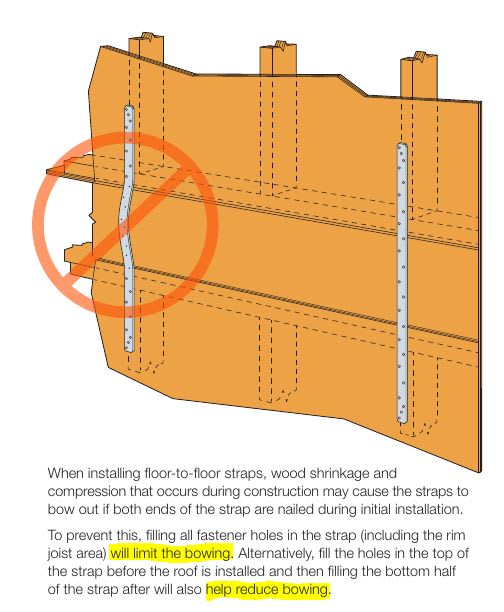NFExp
Structural
- Jun 18, 2009
- 77
I have a 3 story wood frame apartment building where the floor to floor straps are bowing at the floor system. I am aware that the bowing is caused from shrinkage of the building. The straps are nailed top and bottom and not at the floor system as specified by Simpson.
We expected about a 1/4" shrinkage at each floor level and instructed the GC to install the straps after the roof was installed. I guess my question is what is the amount of bowing that is acceptable before re-install is required.
FYI, the buildings are currently in construction and all the straps are installed on the interior face of the walls.
We expected about a 1/4" shrinkage at each floor level and instructed the GC to install the straps after the roof was installed. I guess my question is what is the amount of bowing that is acceptable before re-install is required.
FYI, the buildings are currently in construction and all the straps are installed on the interior face of the walls.






